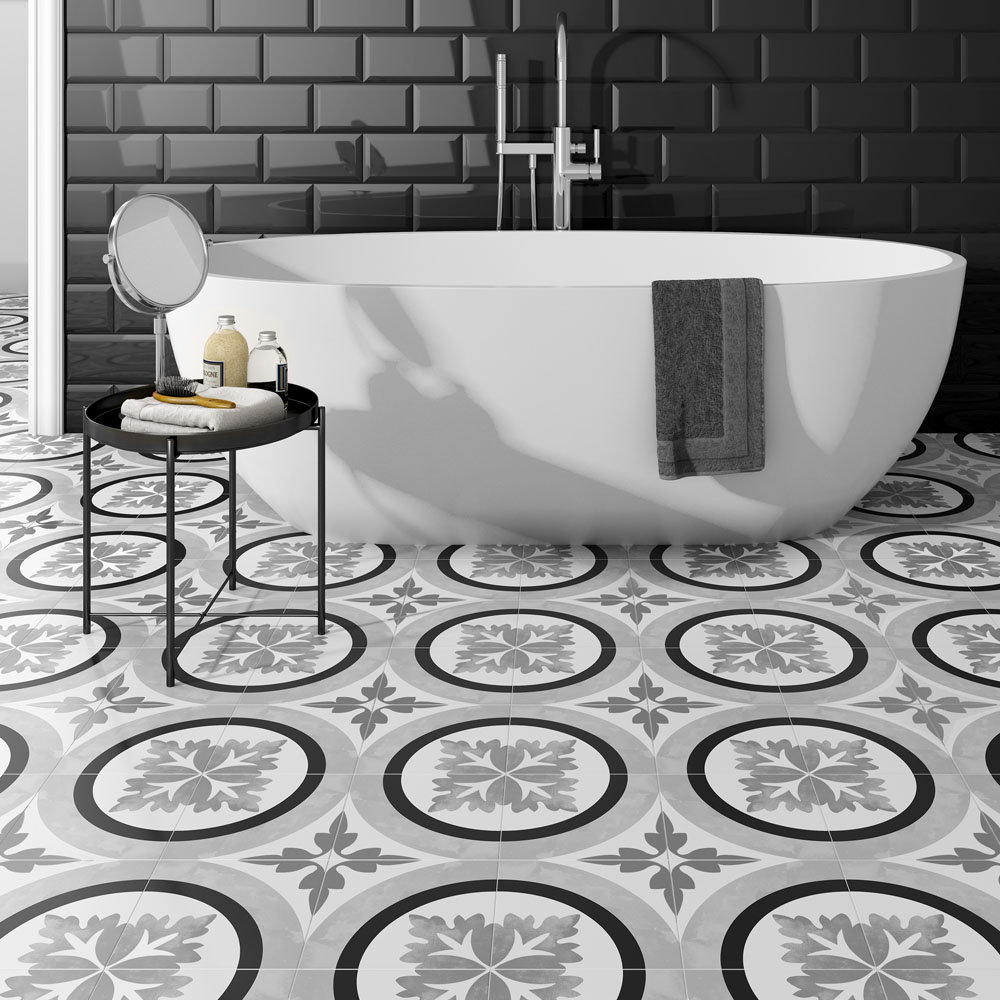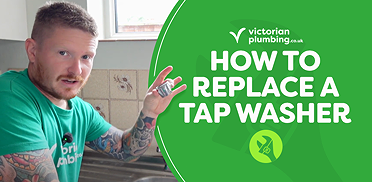OUR WINTER SALE ENDS SOON!
*Boxing Day deals coming soon. Free delivery on orders over £499
Shower Panels vs Tiles: What's the Difference?
Shower Panels vs Tiles: What's the Difference?
We've weighed up the differences between shower panels and bathroom tiles to find out which is best.

Shower panels and bathroom tiles are the two favoured options used to add stylistic touches and essential waterproofing to bathroom and shower walls. But what are the differences between them? And which would work best for you?
With this in mind, we’ve assessed the pros and cons of both shower panels and bathroom tiles to help you determine which would be best suited to your bathroom's specific needs.
You’ll even find handy product recommendations along the way.
Before we get started, here’s a brief overview of the pros and cons of shower panels vs tiles:
The Benefits Of Shower Panels
If you like what you’ve learned about shower panels, check out our extensive Multipanel range.
They Don’t Require Grout
From popular acrylic shower panels to ones made of actual stone, there are many different types of shower panels to consider. However, they all have one thing in common - no need for grout!
| Shower Panels | Bathroom Tiles | |
|---|---|---|
| Materials | Laminate, Plywood | Porcelain, Ceramic, Marble |
| Pros |
|
|
| Cons |
|
|
| Install Time | 2 to 4 hours | 6 to 8 hours |

The grout used for tiles not only requires a lot of effort to install but will also need to be maintained regularly throughout the lifetime of a tiled wall.
This is because, over time, grout can become a hotspot for bathroom mould, soap scum, and limescale buildup. If not maintained, this could weaken your tiles and result in leaks.
Opting for a shower panel is a great way to avoid having to put in this extra effort as they are easily fixed to the wall using a strong, waterproof bathroom sealant. Once completed you can simply wipe them clean whenever necessary.
Shower Panels Are Quicker & Easier to Install
Another key benefit of shower panels is that, when it comes to installing one, even the most inexperienced of DIY-ers will have little trouble pulling off a professional-looking job.
This is partly due to the fact that most types of shower panels are made of lightweight material and can be easily cut to size to meet the requirements of your space.

The average time taken to install shower panels is between 2 to 4 hours - a fraction of the 6 to 8 hours it takes to tile a bathroom wall.
Be wary of the fact that there are different types of shower panels. Ones made of substantially heavier materials can be more difficult to work with and result in longer installation times.
Similar Aesthetic, Lower Costs
Shower panels can also provide similar aesthetics to bathroom tiles - all while coming in at a lower cost. You’ll find plenty of designs that replicate popular styles of tile. The Multipanel Nero Grafite Bathroom Wall Panel, for example, features a high-quality design reminiscent of popular graphite effect tiles.

From marble-effect panels to simple acrylic shower panels in solid colours, you’ll find a number of different types of shower panels that can provide the look and feel of tiles. The majority of these come in cheaper per m² than their corresponding bathroom tiles, too.
The Benefits of Bathroom Tiles
Great for Traditional Looks
When it comes to traditional-looking bathroom walls, nothing can match the appeal of bathroom tiles. Simple, elegant tiles were a staple of Victorian and Edwardian bathroom design, so much so that any classically inspired space will feel incomplete without them.

Metro tiles, such as the Victoria Beveled Edge ones above, are particularly great at providing bathroom or shower spaces with an authentic traditional vibe.
More Coverage
While with shower panels you are limited to whatever the maximum size of your chosen panel is available, with tiles the only thing that can limit the amount of area you can cover is your own budget.

Bathroom tiles also have the advantage of being versatile enough to be installed in more areas of the bathroom. You’ll find many bathroom tiles that are suitable for walls as well floors, allowing you full control over your space.
Longevity
If well maintained and periodically regrouted there’s nothing stopping a tiled wall from lasting for many decades. If the enduring qualities of bathroom tiles are what’s piqued your interest, we’d advise going for a porcelain tile over a ceramic one.
Though both types of tile will withstand the test of time, porcelain is the slightly stronger one of the two. The only downside is that you will find a lot less variety in porcelain when compared to the vast number of ceramic designs available.
For all other kinds of bathroom inspiration, keep up to date with the Victorian Plumbing blog.

George
George is one of our interior experts. He loves to write about the latest bathroom trends and he's a dab hand with bathroom DIY too.


